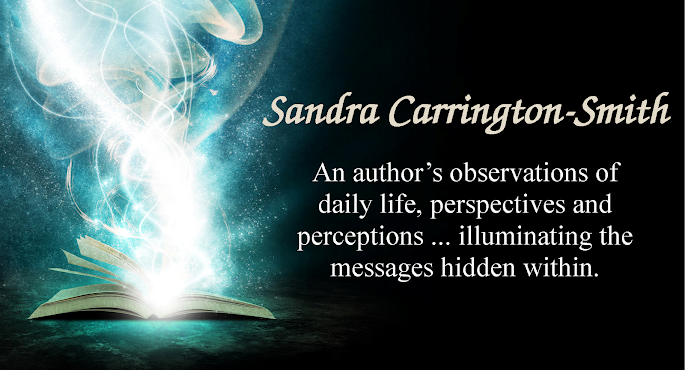 “Life is all about timing…the unreachable becomes reachable, the unavailable becomes available, and the unattainable becomes attainable. Have the patience, wait it out; it’s all about timing.” ~ Stacey Charter
“Life is all about timing…the unreachable becomes reachable, the unavailable becomes available, and the unattainable becomes attainable. Have the patience, wait it out; it’s all about timing.” ~ Stacey CharterWhile I was driving, yesterday, I noticed a small fly on my car window. It walked the length and width of the glass several times, occasionally stopping as if to think of a new plan of action. Suddenly, it took off from the glass and flew around the car for a while, just to land back on the same spot.
I knew that if I opened the window while the car was in motion the rush of air would have simply pushed it back, so I waited until I found a red light. I lowered the glass slowly and waited for fly to walk up toward the rim, then, opened it completely and watched the tiny insect fly off to live the rest of its destiny.
I wonder what the fly felt in those few moments, as it looked for a way out when none seemed available. Freedom appeared near, yet no matter how hard it tried to get out, no effort seemed good enough. Until the timing for release was right - although the fly was ready to go the moment it spotted the light outside the glass, all other conditions were not optimal at that time.
In the greater scheme of things, as we go through life we are not too different than the tiny fly in my car. We see the things we would like to achieve but feel something out of our control is stopping us from getting there; we convince ourselves that poor luck or outside occurrences are to blame for our lack of achievement, but rarely realize that what we wish may be eluding us simply because the timing is off.
I remember thinking that once, when as a child I had gone to visit one of my mother’s aunts who had an apricot tree. It appeared to me that every time we went the fruits were never ripe enough to pick, but it wasn’t the tree’s fault – we were simply going too early in the season. The tree had to first awaken in the spring, the leaves had to form on the branches, the flowers had to blossom, and finally they had to turn into fruits. Even after the whole metamorphosis, more time was needed for the fruits to ripen. It wasn’t bad luck, or lack of ability – it was just too early for the apricots to be ready.
When something seems to be resisting our efforts, and we have already done what we could to get things in motion, continuing to bang on a dead door will not bring in any quicker results; if anything, it will add to our frustration, as everything follows an order of things that is not for us to determine. Although shadowed by the things we consider more important, there are plenty of things in or daily routine that can use our direct attention. Focusing on those seemingly less important tasks or goals frees our minds from the anxiety associated with waiting, and allows us to take a brief mental vacation.
There is a time for everything, largely outside of our individual control. What is truly important is that we don’t give up on what is important to us. We must continue to hope and know that good things come to those who wait – just not always in the time they have erroneously chosen.




































